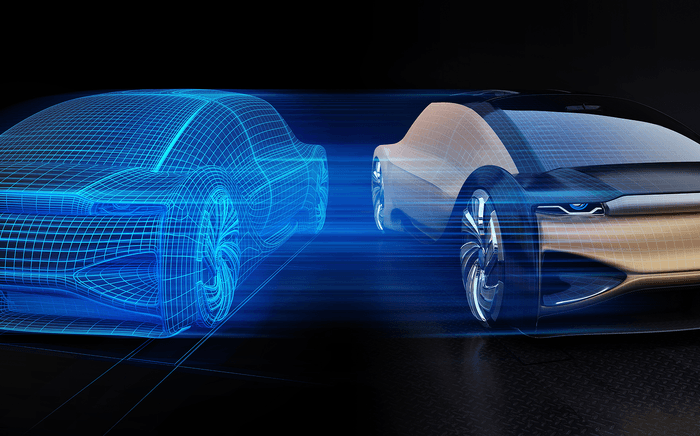WAVE - Combustion and emissions

WAVE contains advanced combustion models for diesel and spark ignition (SI) engines and includes secondary models specifically for the study of direct injection, SI turbulent flame propagation, engine-out emissions and knock. In addition to in-cylinder models, WAVE also includes a suite of exhaust aftertreatment models. These enable detailed chemical kinetic simulation of advanced emission control technologies to be carried out. WAVE allows the combustion of multiple fuels according to a prescribed burn rate where the combustion can be calculated using a semi-automated heat release analysis process.
- Definition:
- Complex fuel material definition with an extensive database of hydro-carbons and surrogates provided for most widely used applications.
- Complete control over injection strategies with a wide variety of multi-pulse actuatable injectors
- Cylinder pressure heat release analysis creating combustion model parameters from measured data
- Models:
- Compression ignition analysis including:
- Ignition delay modelling
- Diesel Wiebe semi-predictive combustion sub-model (which includes pilot injection)
- Diesel Predictive combustion model
- Diesel jet predictive combustion sub-model (Hiroyasu)
- Spark ignition analysis including:
- Multi-Wiebe combustion sub-model
- SI turbulent flame predictive combustion sub-model
- Knock sub-model
- Experimental heat release profiles
- User code combustion sub-model
- Predictive emissions sub-models
- Zeldovich SI NOx model
- Diesel NOx mode
- CO model
- HC emissions model
- Compression ignition analysis including:
- Analyse:
- Detailed post-processing of combustion properties through summary variables and dedicated sensors including analysis of turbulence and predictive combustion models